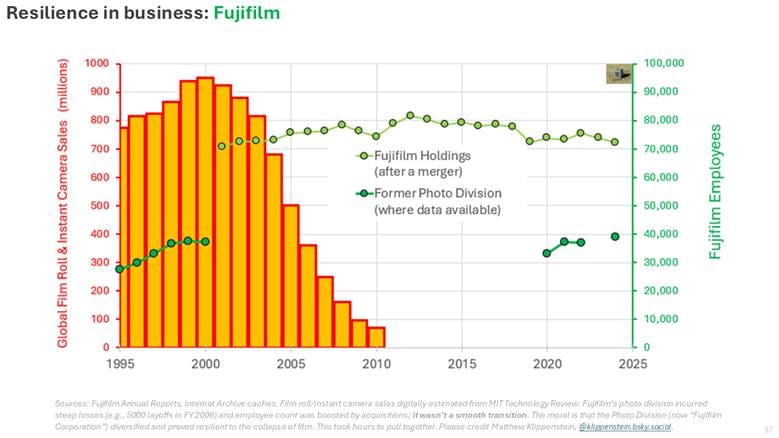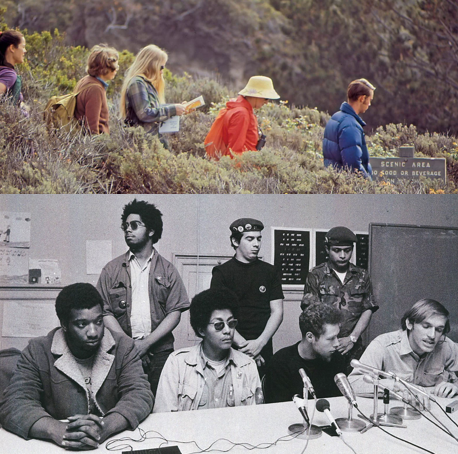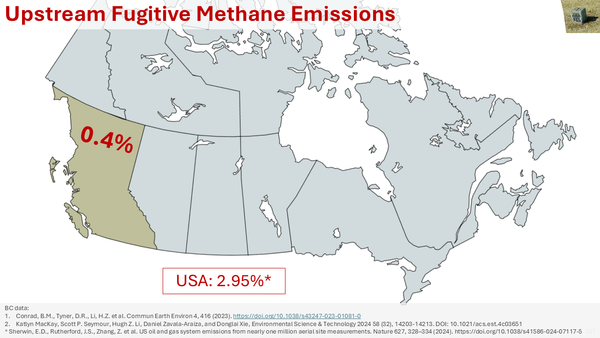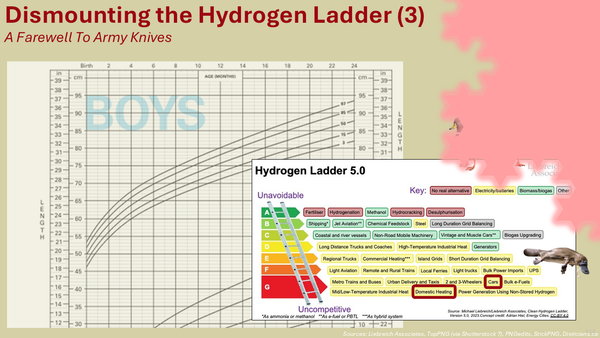Efficiency, Resilience, and Maslow [1.1]
Efficiency has value, but in complex systems it's still subordinate to resilience.
![Efficiency, Resilience, and Maslow [1.1]](/content/images/size/w1200/2025/03/1.1-Efficiency--Resilience--Maslow.png)
[This instalment follows up on the last week's Executive Summary. We'll define resilience and explain how Maslow's Hierarchy and Hammer are both relevant. Next time we'll cover the link between efficiency and enshittification, and after that we'll start exploring resilience in the natural world.]
Efficiency has value.
This essay wouldn’t exist in a century or country where most people – writer and readers included – were subsistence farmers, barely eking out enough calories to stave off famine. It exists in part because only 2 percent[1] of Canadians need to farm to keep the country well-fed, allowing the other 98 percent to invent, produce and provide the goods and services of modernity.
For all its merits however, efficiency remains subordinate to resilience, which in recent scientific literature has been described as:
“… a multifaceted capability of complex systems that encompasses avoiding, absorbing, adapting to, and recovering from disruptions.” [2][3]
Maslow’s Hierarchy of Needs (see title image) is a practical analogy. Maslow suggested that before individuals can self-actualize, a succession of more foundational needs must be met first: physiological needs (food, water, clothing, shelter), then safety needs, a sense of belonging and self-esteem. Just as physiological needs are more foundational than self-actualization, resilience is more foundational for complex systems – such as our energy system – than efficiency.
To use a business example Fujifilm proved resilient to digital photography, the disruption that killed arch-rival Kodak. The company adapted by directing its film processing expertise into cosmetics and pharmaceuticals, among other sectors. Its former film division (“Fujifilm Corporation”) still employs 39,000 workers.[4] Efficiency can help us in the short term, but only resilience carries us to the long term.

Even so, efficiency has value.
Maslow was also one of the popularizers of the phrase that to a person with a hammer everything looks like a nail. The cognitive bias is sometimes called Maslow’s Hammer.
Efficiency – the ability to do more with less – is highly visible and relatively easy to calculate. It’s the Maslow’s Hammer of energy policy discussions. It’s a virtue and has positive value, but it can’t build the resilient energy system we need.
The pyramid at Chichen Itza (the Temple of Kukulcan, back in the title image) is a photogenic metaphor. When first noticed by Europeans only the top of the pyramid was visible; vegetation concealed the rest of the structure. It wasn’t until the pyramid was excavated that its foundation was reached. Efficiency is the top of the pyramid: easily visible and commanding attention. Resilience is the base: not immediately obvious, but the foundation on which everything else is built.
In a world of known knowns where historical trends could be reliably projected forward – a world where our systems’ existing resilience would be adequate – efficiency offered a strong ladder to growth.
In the era of unknown unknowns that we’re in – the past five years alone have brought British Columbia a global pandemic and supply chain chaos, unimagined heat domes, a drought spanning much of the province and now the prospect of US trade tariffs – resilience seems the more likely scaffold of success.
[If Fujifilm's survival might impress a friend, please forward this instalment their way! Next time: enshittification, the American Dialect Society's 2023 Word of the Year.]
[1] Statistics Canada. (2023). The socioeconomic snapshot of Canada's evolving farm population, 2021. https://www150.statcan.gc.ca/n1/daily-quotidien/230825/dq230825a-eng.htm
[2] Fraccascia, Luca, Giannoccaro, Ilaria, Albino, Vito, Resilience of Complex Systems: State of the Art and Directions for Future Research, Complexity, 2018, 3421529, 44 pages, 2018. https://doi.org/10.1155/2018/3421529. Accessed 23 February 2025 at https://onlinelibrary.wiley.com/doi/epdf/10.1155/2018/3421529
[3] Compare this to the US NREL (National Renewable Energy Laboratories) definition of resilience as “the ability to anticipate, prepare for, and adapt to changing conditions and withstand, respond to, and recover rapidly from disruptions through adaptable and holistic planning and technical solutions”. See:
Hotchkiss, Eliza; Dane, Alex. 2019. Resilience Roadmap: A Collaborative Approach to Multi-Jurisdictional Resilience Planning. Golden, CO. National Renewable Energy Laboratory. NREL/TP-6A20-73509. https://www.nrel.gov/docs/fy19osti/73509.pdf. Page 2.
[4] Fujifilm Global, “About Fujifilm”. https://global.fujifilm.com/en/. Most recently accessed 22 August 2024.



